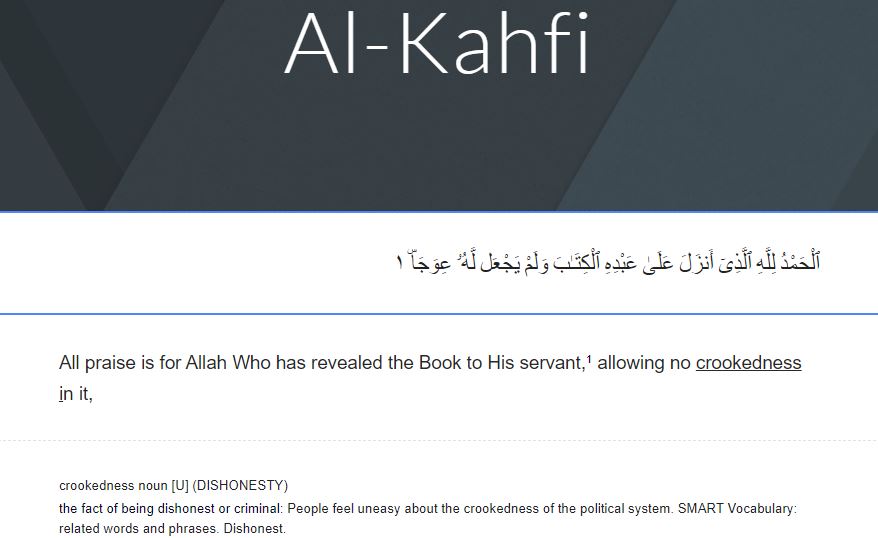
Al-Kahfi Ayat 1 Tafsir



HEBAHAN PROGRAM SEMPENA NATIONAL TRAINING WEEK (NTW) 2024 TERBUKA KEPADA ORANG AWAM
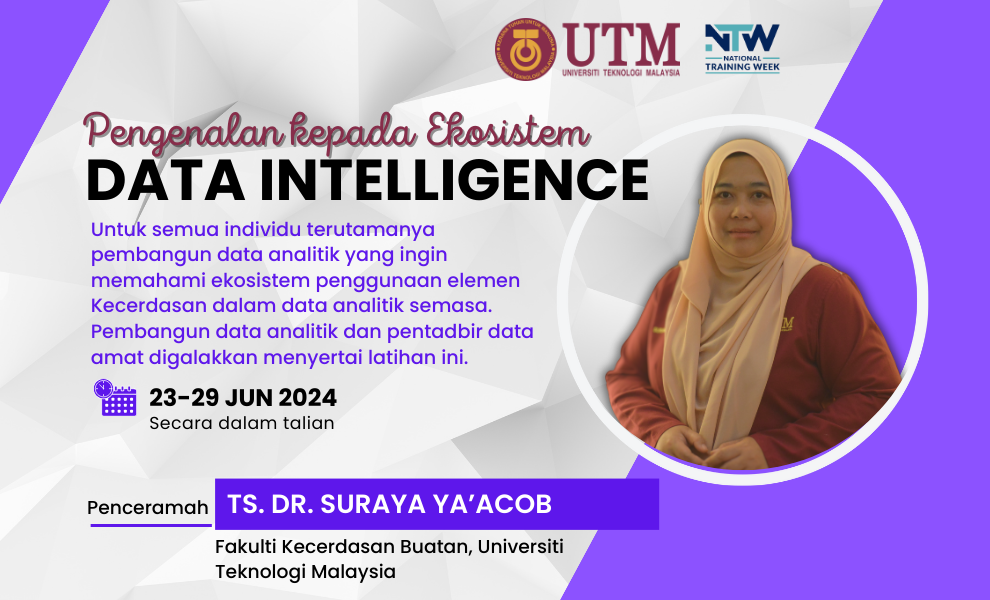
Tajuk Ceramah : Pengenalan kepada Ekosistem Data Intelligence
Penceramah : Ts Dr Suraya Yaacob
Tarikh : 25 Jun 2024
Masa : 11.00 pagi -12.00 tengah hari
Kaedah : Secara dalam talian (Cisco Webex)
Pautan : https://utm.webex.com/meet/suraya.yaacob
Mas Munirah Master Project Supervision
Mas Munirah is an independent student. I think sometimes she is too independent when she is solo traveling to Japan, Bali and frequent Temerloh-KL. Working at Pharmaniaga, one of the prominent pharmaceutical company in Malaysia, she is intends to do research on something that will contribute back to the company – hence, she picks this topic.
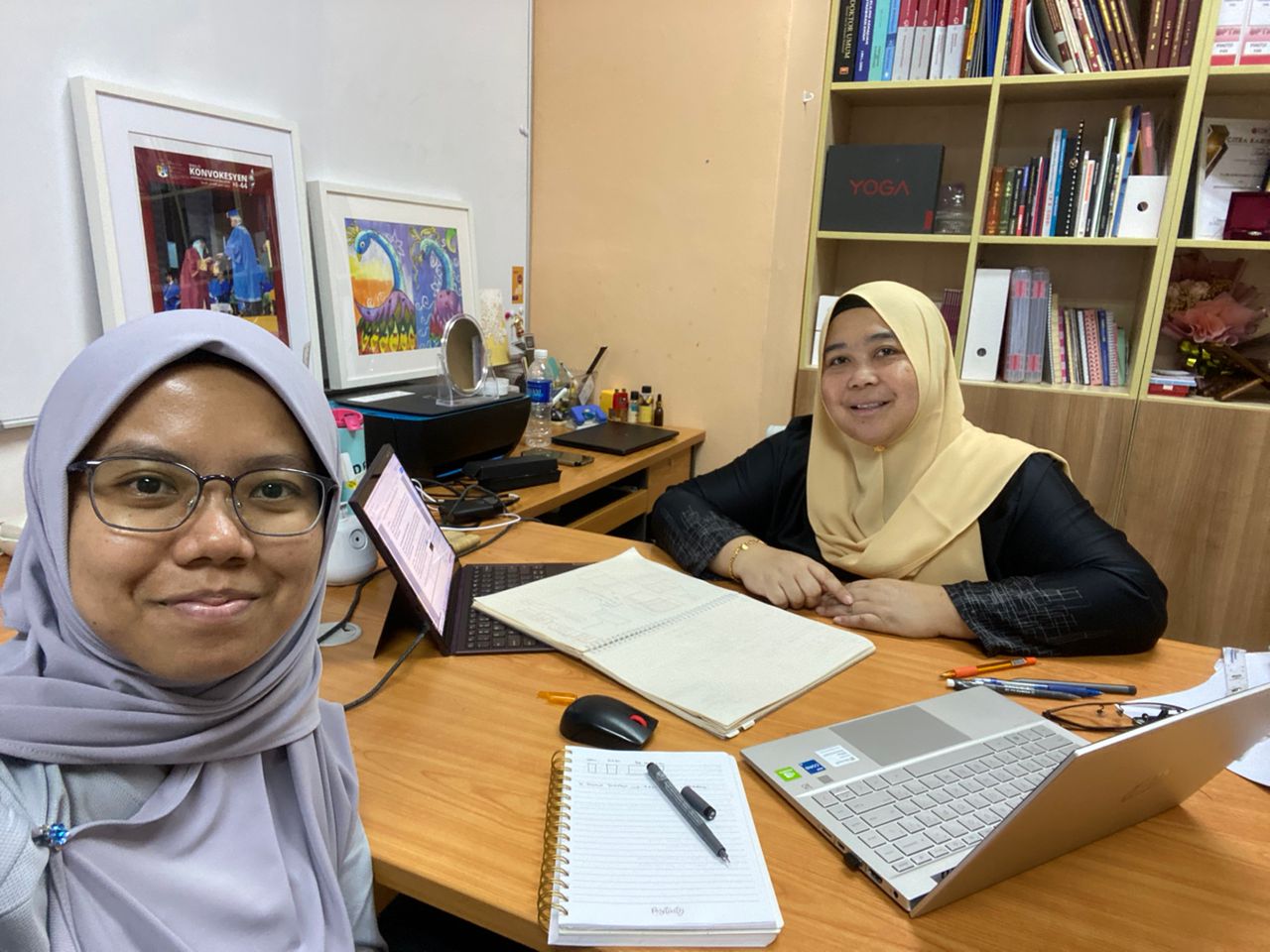
Assalamualaikum and greetings,
Capacity Building of Faculty Technology and Informatics Razak cordially invite all students and researchers to join A Practical Guide Hands-On Training For Systematic Literature Review (SLR). Participants will be coached by SLR Expert from UTM.
This coaching series will be held physically with the following details:
Date : 1st – 2nd November 2023
Venue : Seminar Room 1, Level 1, BATC, UTM KL
Promotion Fee : Students (RM150) Others (RM300)
Registration for this coaching session is open to all students and researchers, and places are limited to 25 participants only.
Register your interest here https://forms.gle/So7x618ZbJNYFgQWA
FIRST-COME, FIRST-SERVED BASIS.
Thank you.
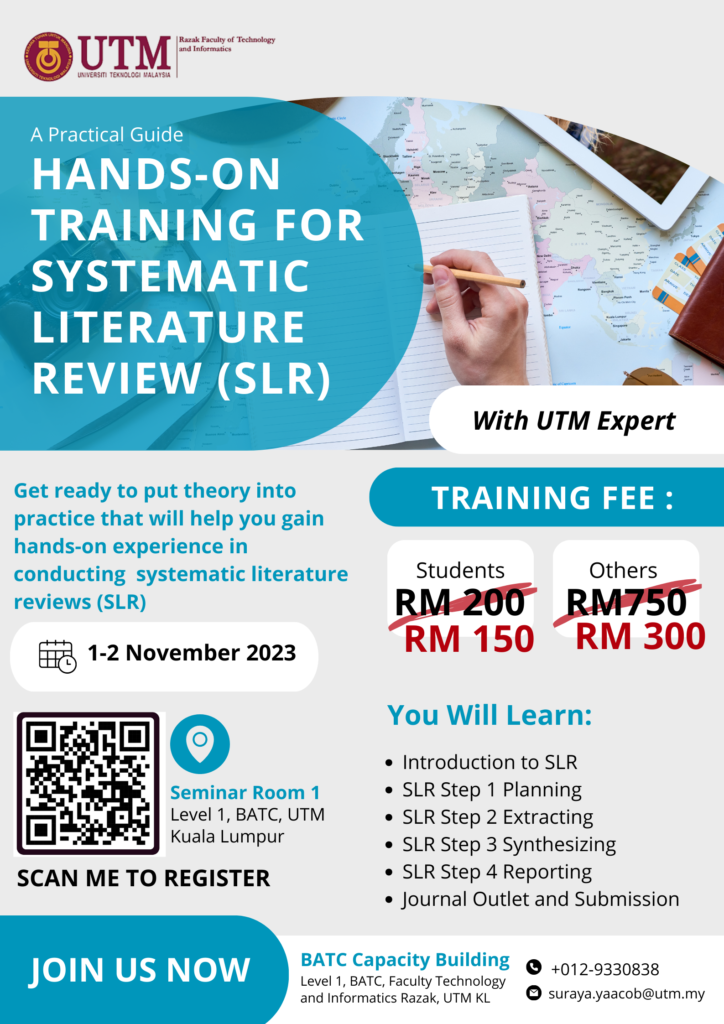
16-18 Disember 2022, berlangsung sesi pemindahan pengetahuan bagi Enterprise Architecture Skop 2 di Royale Chulan Pulau Mutiara. Buat kali pertamanya bengkel dianjurkan bila nama kementerian telah ditukar baru daripada KPLB kepada KKDW.
December 16-18, 2022, the knowledge transfer session for Enterprise Architecture Scope 2 at the Royale Chulan Pulau Mutiara. For the first time, the workshop is using a new name since the ministry has changed from KPLB to KKDW.
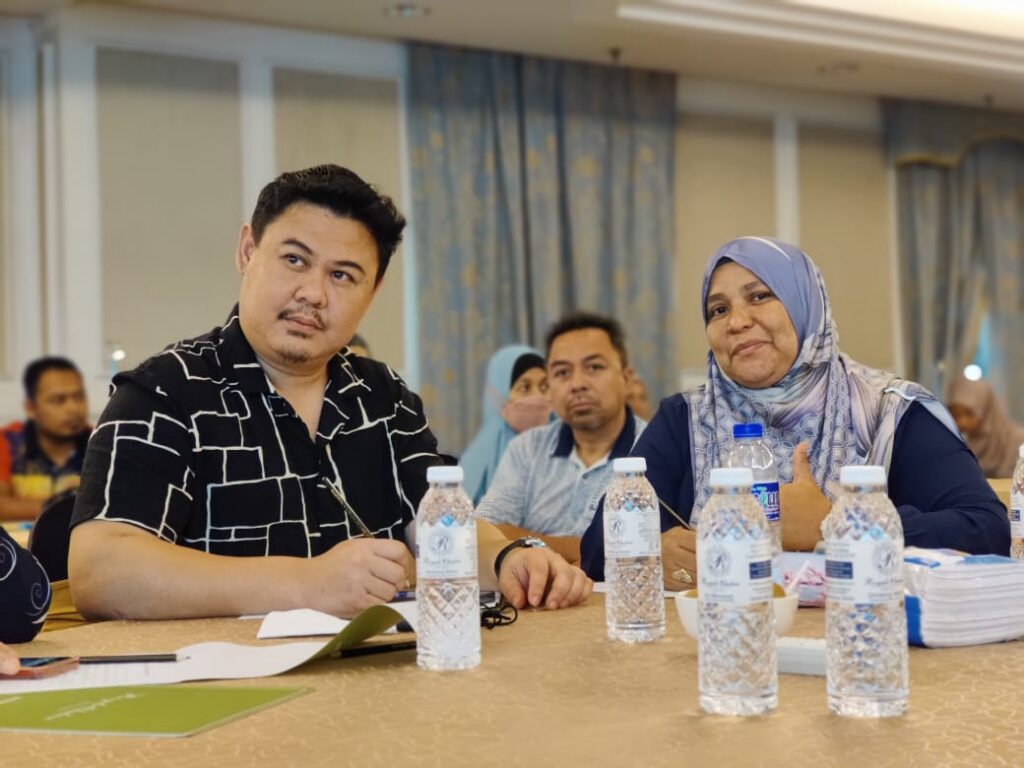
Perkongsian, penambahbaikan dan pembetulan supaya digitalization dapat memberi nilai business kepada KKDW melalui Enterprise Artchitecture adalah inti utama yang ditekankan dalam bengkel ini.
Menjurus kepada bengkel 2 As-Is – Analisis Jurang adalah jantung kepada penghasilan program dan inisiatif pendigitalan yang bernilai di KKDW. Memahami apa itu analisis jurang, proses yang terlibat di dalamnya dan kerangka kerja yang digunakan sebagai based-line agar proses analisis yang dibuat tidak tersasar daripada trend perkembangan pendigitalan semasa dan yang paling utama – dapat memberi manfaat kepada KKDW.
Sharing, enhancing and correcting so that digitalization can provide business value to KKDW through Enterprise Artchitecture (EA) is the main core that is emphasized in this workshop.
Gap Analysis is at the heart of generating valuable digitization programs and initiatives at KKDW. Understanding what is being defined as a gap analysis, the process involved and the framework used as a baseline so that the analysis process created does not stray from the current trend of digitization development and most importantly – can benefit KKDW.
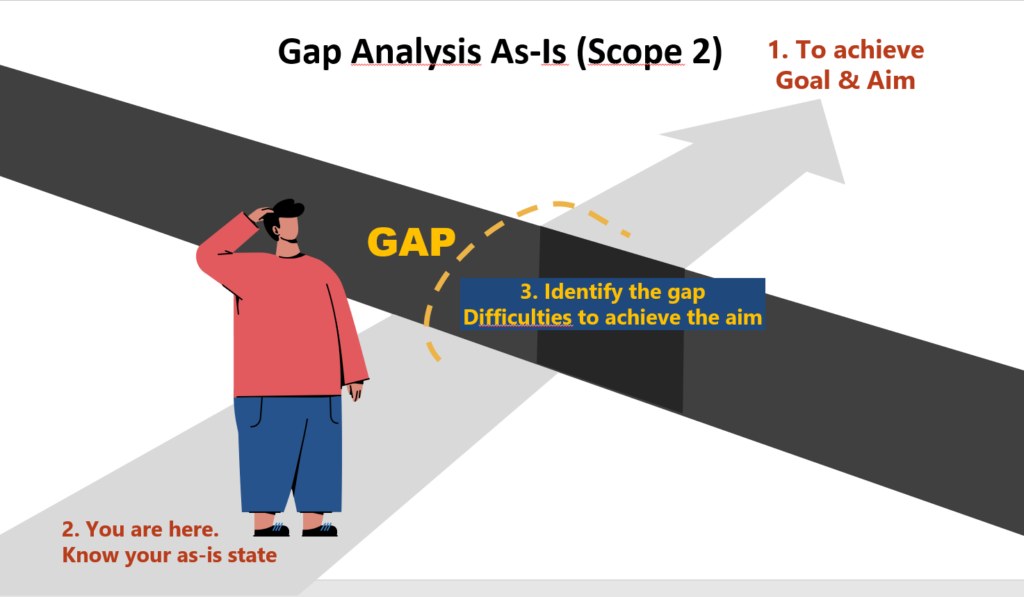
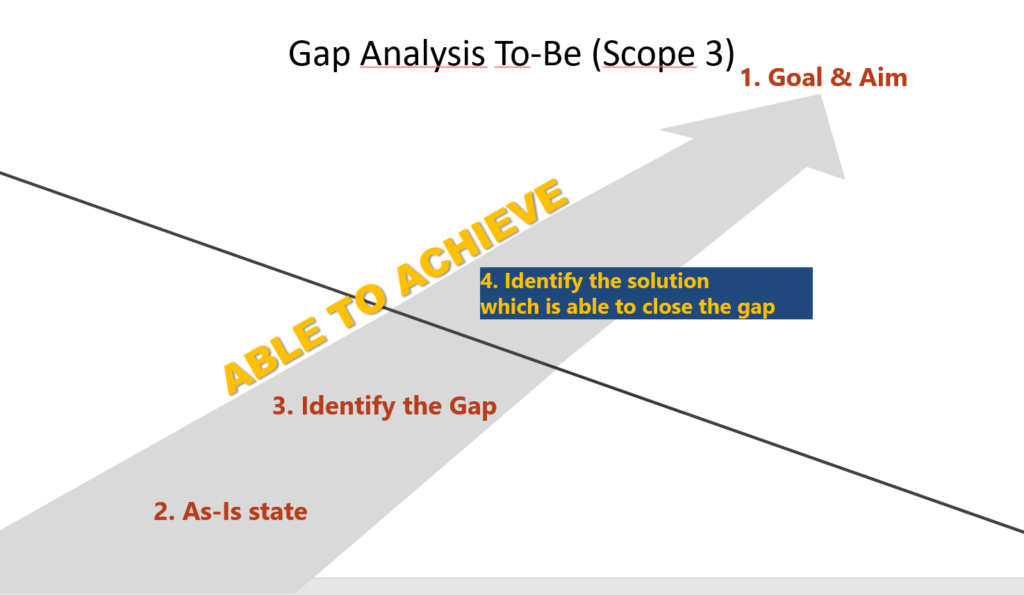
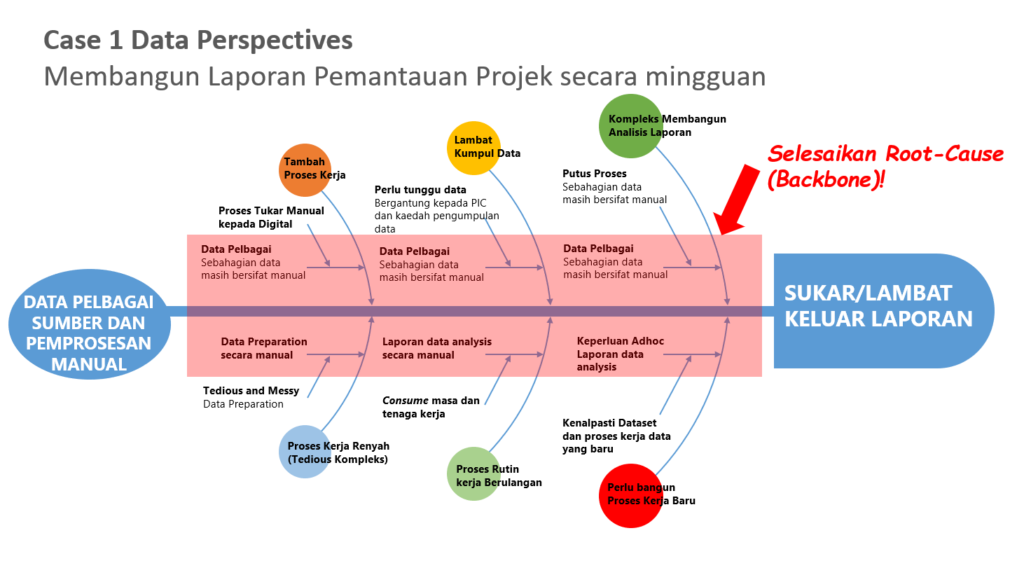
Dalam menyelesaikan masalah atau memberi solusi – perkara paling utama ialah mengenalpasti punca dan akibat. Selalunya mudah dilihat kesan iaitu daripada simptom yang ditunjukkan. Lanjutan itu perlu dicari puncanya (cause) dan punca yang menghampiri backbone adalah yang paling utama untuk diselesaikan. Kerana itu menggunakan Ishikawa Diagram adalan visual termudah untuk menggambarkan cause dan effect serta mana satu faktor yang perlu dipertimbangkan untuk diselesaikan.
In solving a problem or providing a solution – the most important task is to identify the cause and effect. Often it is easy to see the effect of the symptoms shown. Hence, it is necessary to find the cause and the cause that is nearer to the backbone is the most critical one to be solved. Therefore, using Ishikawa Diagram is the easiest way to illustrate cause and effect and then consider which factors need to be resolved.
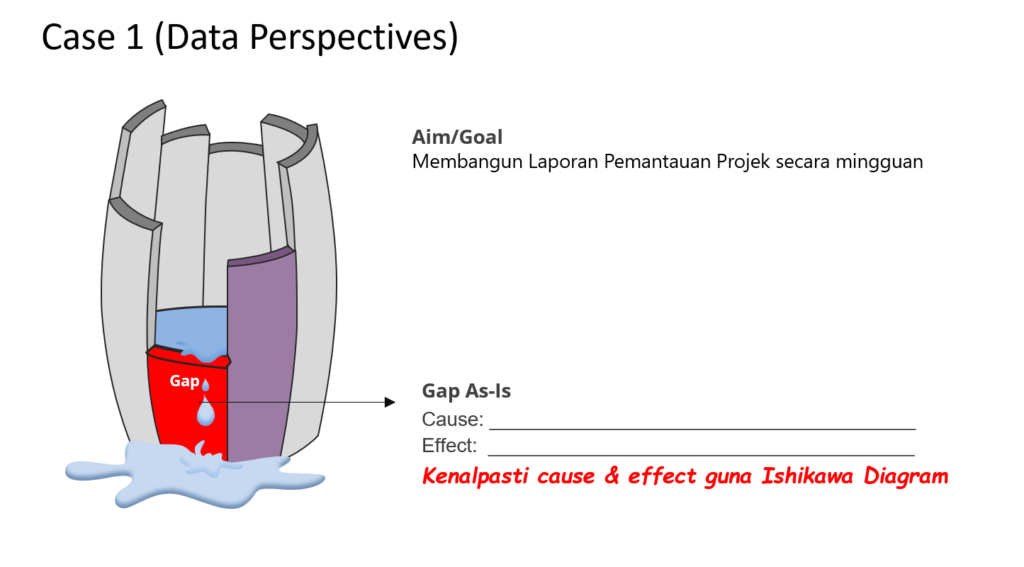
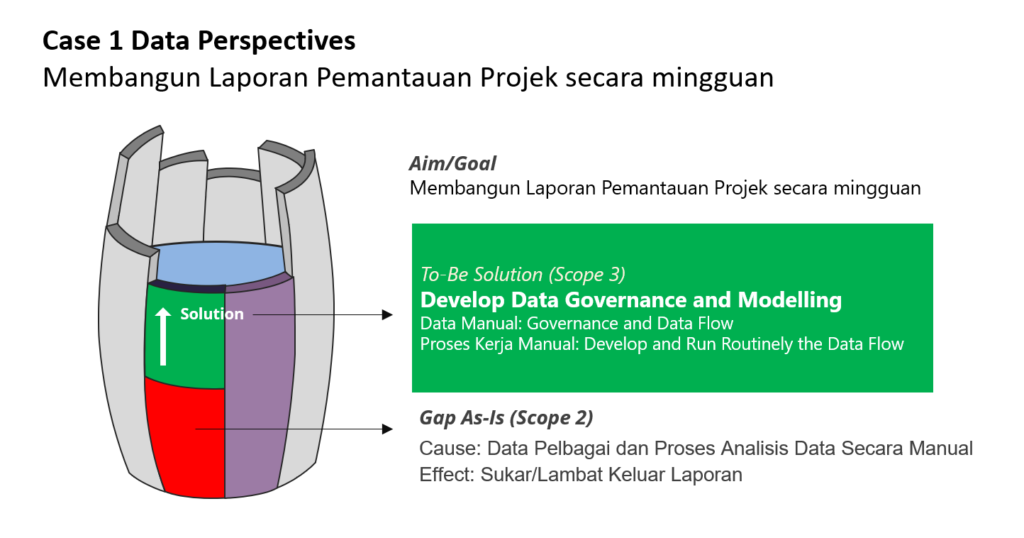
Salam jumaat penuh barakah.
Self Worth from Nouman Ali Khan.
https://www.youtube.com/watch?v=dYlT8Ora_S8
Worth listening to this – knowing Allah made us from dirt, ruh and balance. It helps to clarify between low self-esteem and arrogance.
Based on National Health Morbidity Survey 2017 (NHMS 2017) by the Health Ministry’s Institute for Public Health (IPH) 2017, high school students in Malaysia are at risk for mental health problems. The results from the studies show that 18.3% high schoolers are suffering from depression, 39.7% have anxiety and 9.6% dealing with stress.
This is a master project by Aizat Nuruddin. He is predicting Mental Illness among High School Students in Malaysia. Using Data from National Health and Morbidity Survey (NHMS 2012). Hopefully the symptoms and factors identified can help alarming the situation.
https://youtu.be/lnfeuFanmmo
The IEEE Conference on Visual Analytics Science and Technology (VAST) is one of the three parts of VIS2020.
Abstract Submission Deadline 20 April 2020.
Paper Submission Deadline 30 April 2020
VAST solicits original research papers on a set of diverse topics related to visual analytics. These papers may contribute towards new methods for human-in-the-loop computation; visualization and interaction techniques; representation of data and knowledge; models of analytical reasoning and discourse; and applications and systems of visual analytics to a broad range real-world contexts and domains.
IIC 2020 (November 4-5 2020) – http://iic.utem.edu.my
3rd International Conference on Intelligent and Interactive Computing (IIC 2020) will be held in Melaka, Malaysia on November 4-5, 2020.
IMPORTANT DATES
Paper submission : June 5, 2020
Notification of acceptance : August 5, 2020
Camera ready : September 15, 2020
Conference Dates : November 4-5, 2020
All accepted papers will be published in International Journal of Advanced Trends in Computer Science and Engineering (IJATCSE), indexed by SCOPUS.Furthermore, author(s) of selected accepted papers will be invited to submit an extended version of their papers to Springer Book Series.
Topics of interest for submission include, but not limited to:
• Computational Intelligence
• Multimedia and Immersive Technologies
• Biological Computing
• Data Analytics
• Robotic and Automation
• Education 4.0
Website: http://iic.utem.edu.my
Email: iic2020.conf@gmail.com